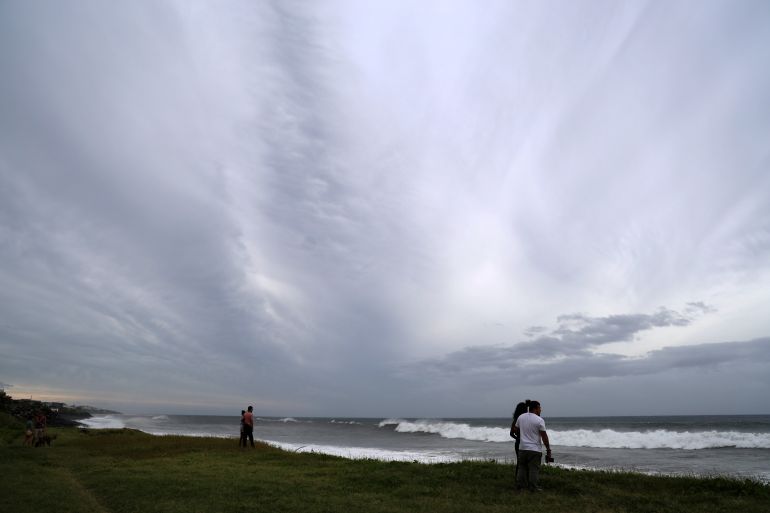Dozens missing after Chinese fishing boat sinks in Indian Ocean
The incident took place in the early hours of the morning and rescue efforts are under way.

A Chinese fishing boat has sunk in the Indian Ocean with all 39 of its Chinese and international crew missing, according to state media.
Broadcaster CCTV said the incident happened in the early hours of Tuesday morning. The crew includes 17 people from China, 17 from Indonesia and five from the Philippines, the report said.
President Xi Jinping ordered a coordinated search, CCTV said, but “so far, no missing persons have been found”.
China has deployed two commercial vessels to help in the regional search-and-rescue operation.
“It is necessary to further strengthen the safety management of fishing vessels at sea and implement preventive measures to ensure the safety of maritime transportation,” Premier Li Qiang was quoted as saying.
The Chinese reports did not identify the exact location of the sinking, revealing only that it took place in the centre of the Indian Ocean that stretches from South Asia and the Arabian Peninsula to East Africa and western Australia.
The Philippine Coast Guard said on Wednesday it was monitoring the situation and coordinating with the Chinese Embassy in Manila as well as with search-and-rescue teams operating near the vessel’s last-known location.
The Lupenglaiyuanyu No 8 boat was based in the eastern coastal province of Shandong and operated by Penglai Jinglu Fishery Co, one of China’s major state-run fishing companies.
It was authorised to fish for neon flying squid and Pacific saury, according to data from the North Pacific Fishing Commission.
The boat left Cape Town, South Africa on May 5, and was heading towards Busan, South Korea, according to the MarineTraffic tracking website, which last located the vessel on May 10 to the southeast of Reunion, a tiny French island in the Indian Ocean.
China is believed to operate the world’s largest deep-sea fishing fleet. Many of its ships stay at sea for months or even years at a time, supported by Chinese state maritime security agencies and a sprawling network of support vessels.
The Philippines, meanwhile, supplies about a quarter of the world’s 1.2 million seafarers.
There was no explanation for the cause of the sinking, although weather and high seas often play a role in such tragedies.
Chinese squid fishing ships have been documented using wide nets to illegally catch already overfished tuna as part of a surge in unregulated fishing activity in the Indian Ocean, according to a report released in 2021 by a Norway-based watchdog group. The report highlighted growing concerns about the lack of international cooperation to protect marine species on the high seas.
The group, called Trygg Mat Tracking, found that the number of squid vessels in the high seas of the Indian Ocean – where fishing of the species is not regulated – has increased six-fold since 2016.
The United States Coast Guard was involved in a dangerous confrontation with Chinese vessels not far from Ecuador’s Galapagos Islands in 2022 during a mission to inspect the vessels for any signs of illegal, unreported or unregulated fishing.
Chinese fishing fleets sometimes go “dark” – turning off their tracking systems to prevent the monitoring of their activities.